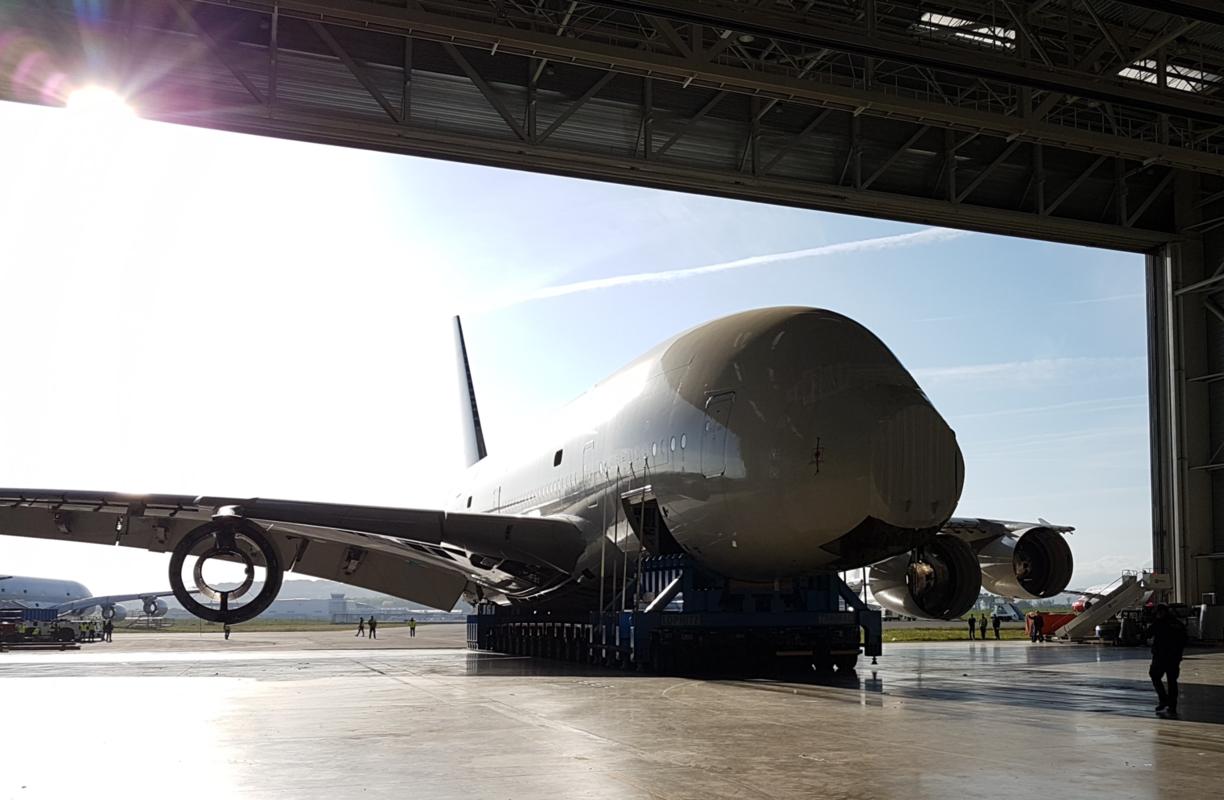A380 Program Entering Operational Support, Aftermarket Phase

Credit: Tarmac Aerosoave
LYON, France—Early in 2019, Airbus’ salespeople had to accept a harsh reality—that the market for new A380s was too slow for production to be sustained beyond 2021. Now it seems they have admitted the second-hand market, too, is weaker than they thought. The program is thus moving to a phase where...
Subscription Required
This content requires a subscription to one of the Aviation Week Intelligence Network (AWIN) bundles.
Schedule a demo today to find out how you can access this content and similar content related to your area of the global aviation industry.
Already an AWIN subscriber? Login
Did you know? Aviation Week has won top honors multiple times in the Jesse H. Neal National Business Journalism Awards, the business-to-business media equivalent of the Pulitzer Prizes.

